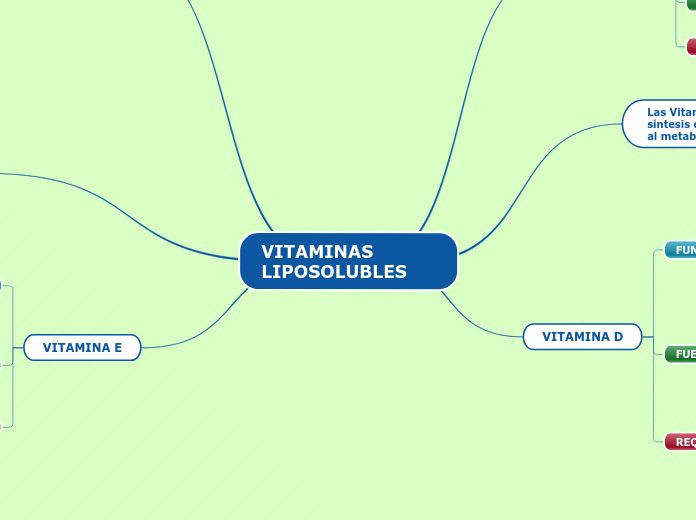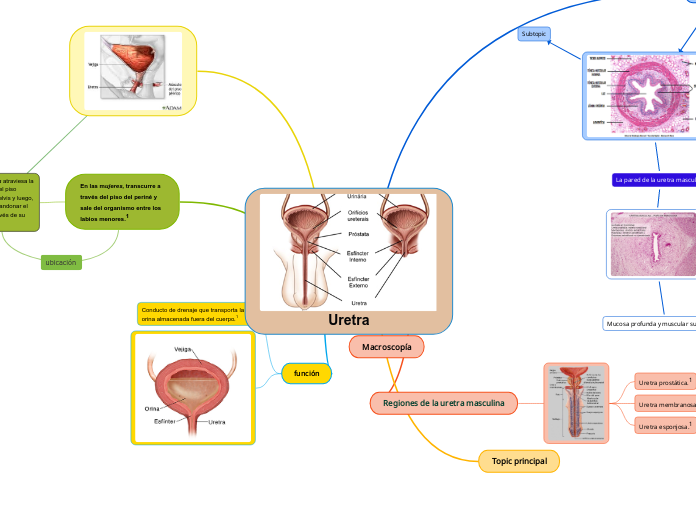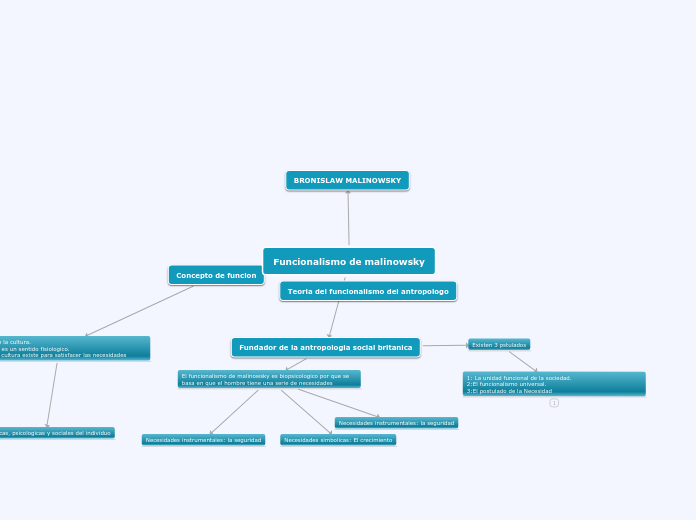Integrales definidas
To name your story, you have to think about the overall message and what you want your audience to understand from the story. Also, make it relevant and easy to remember.
Área bajo una curva
The ending of a story is essential. We all know that if the ending is weak, what happened before loses its importance. So make it unpredictable, but fair. A resolved ending answers all the questions and ties up any loose threads from the plot.
Ejemplo
This is the closure section of the story.
See examples of possible outcomes below:
- all problems have been solved
- it's clear how each one of your characters ends up
- your main character is transformed by the challenge
alcula el área bajo la parábola y = x^2 en el intervalo (0,1) usando el límite:
Try answering these questions to come up with a closure:
- Have all the problems been solved?
- Is there a clear picture of what happens with each character in the story?
- Has the challenge transformed your main character?
- How do the characters feel in the end?
Subtopic
Por definición:
This is the moment when the main character surpasses the last obstacle and finally faces their greatest challenge.
The climax usually follows one of these patterns:
- realization
- resolution
- choice
Type in your answer.
Nosotros conocemos muchas fórmulas para calcular el área de diferentes figuras geométricas. Por ejemplo, para calcular el área A de un triángulo con base b y altura h, usamos la fórmula:
La Integral como Límite del Área
The middle of the story is where you add layers of complications that will lead to the end. Reveal more about the character's journey. Did their personality go through changes? How did they overcome the challenges? And as you build up the story’s central conflict, make it more personal to that character. Also, from the middle act, you have to lead into the final act.
Aproximaciones a la Integral de Área
There wouldn't be any tension and excitement in your story if there weren't any obstacles in your character's way.
Las integrales son útiles para el cálculo del área bajo curvas, que se pueden obtener de forma aproximada, por medio de métodos geométricos.
El área bajo cualquier curva continua se puede obtener aproximadamente, dibujando un número de rectángulos. La integral es el límite para un número infinito de rectángulos.
A story is nothing more than a character overcoming a series of difficulties to reach the desired goal. Obstacles usually create suspense and conflict. In overcoming obstacles, there is growth: weak becomes strong; hatred turns into love; sadness into happiness; wrong into right; lies into truth; or evil becomes good.
See a few examples below:
- stopping a meteor
- finding a killer
- finding love
Obstacles
Ejemplos de Integral de Área
Your character(s) need(s) motivation in order to solve the challenge(s).
Los ejemplos de área de geometrías simples, pueden reforzar la idea de la integral como el área bajo una curva. Para una función que es una constante a, el área formada por la función es exactamente un rectángulo.
Why does your character need to confront this challenge? What does he/she expect to accomplish by solving it?
See a few examples:
- will marry in 3 days
- can fix the mistakes of the past
La aproximación al valor del área bajo una curva puede mejorarse tomando rectángulos de aproximación mas estrechos. La idea de la integral es incrementar el número de rectángulos N hacia el infinito, tomando el límite cuando el ancho del rectángulo tiende a cero.
Each story has a main character and that character usually needs to solve a problem or challenge. The character's challenge is the one that creates tension throughout the story.
Motivation
Aunque el concepto de área geométrica es una forma conveniente de visualizar una integral, la idea de la integración es mucho mas general. Cualquier variable física continua puede ser "troceada" en incrementos infinitesimales (elementos diferenciales) de modo que, la suma del producto de ese "ancho" por el valor de la función se acerca a una suma infinita. La integral es una herramienta poderosa para modelar problemas físicos que impliquen cantidades que varien continuamente.
Type in any other challenges which other characters in the story need to face.
¿Qué es?
In the beginning of the story (or the exposition), you will need to introduce the setting and characters. You might also want to introduce the main conflict. This part of the story is important because it gives the reader necessary background information and maybe even a first insight into a character’s personality.
La integral definida es un concepto utilizado para determinar el valor de las áreas limitadas por curvas y rectas. Dado el intervalo [a, b] en el que, para cada uno de sus puntos x, se define una función f (x) que es mayor o igual que 0 en [a, b], se llama integral definida de la función entre los puntos a y b al área de la porción del plano que está limitada por la función, el eje horizontal OX y las rectas verticales de ecuaciones x = a y x = b.
The setting (time & place) of a story can change throughout the plot.










